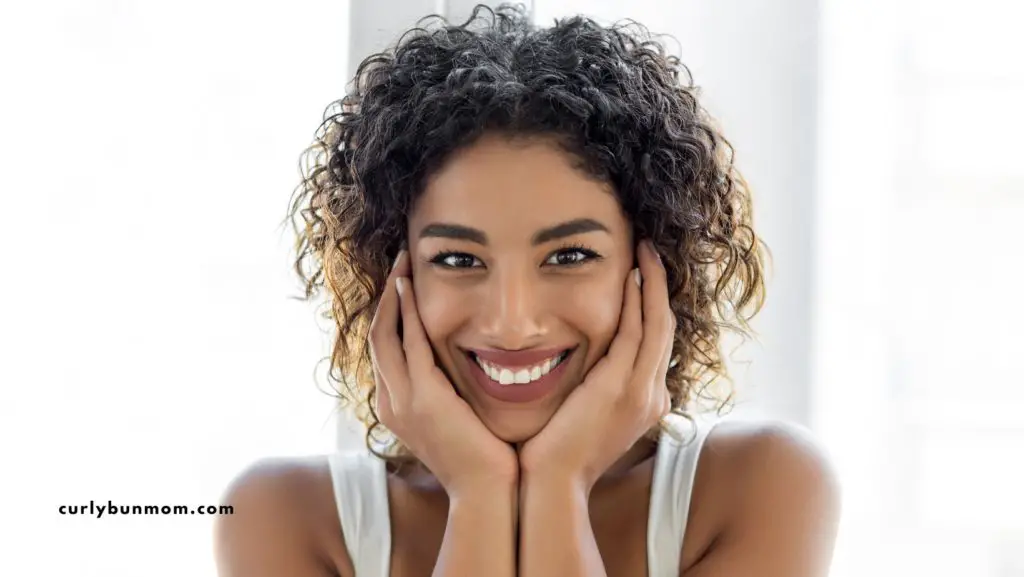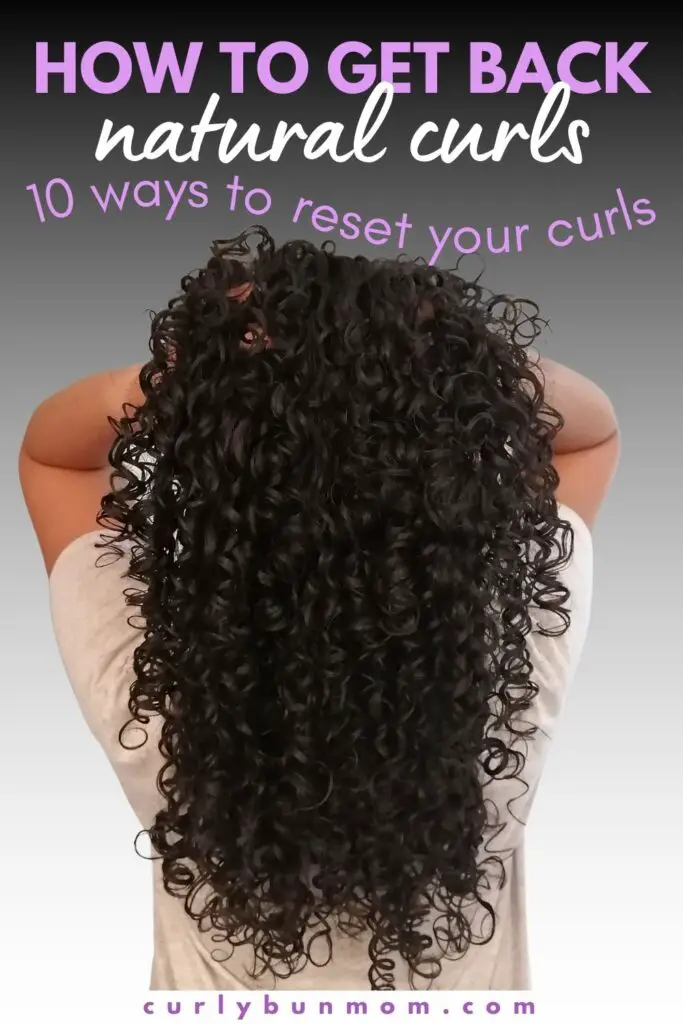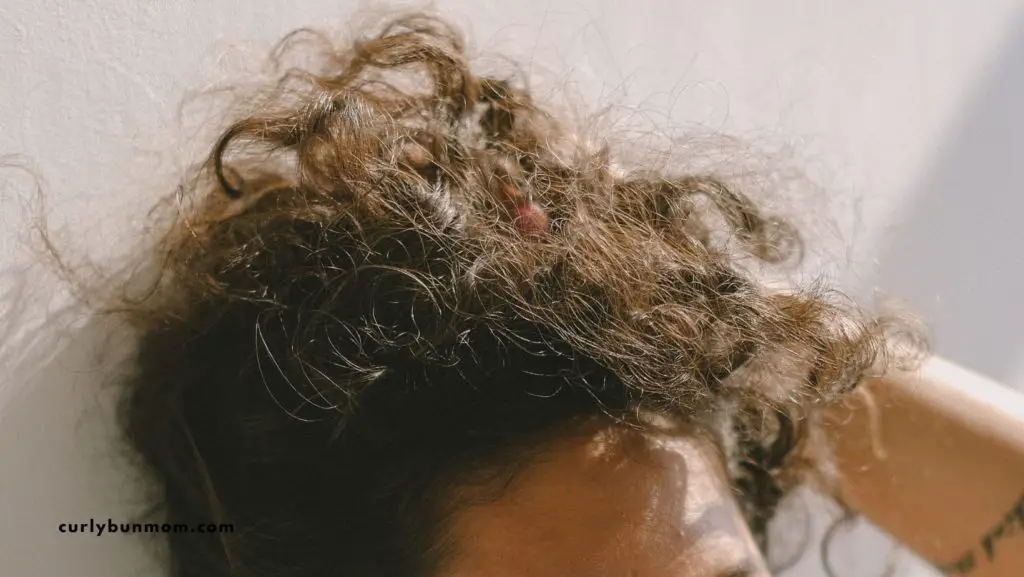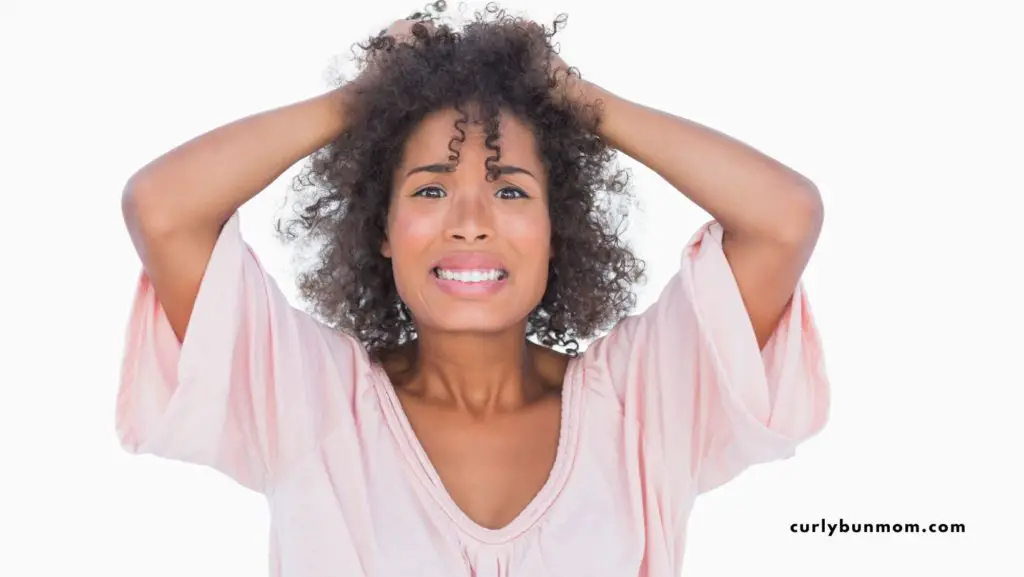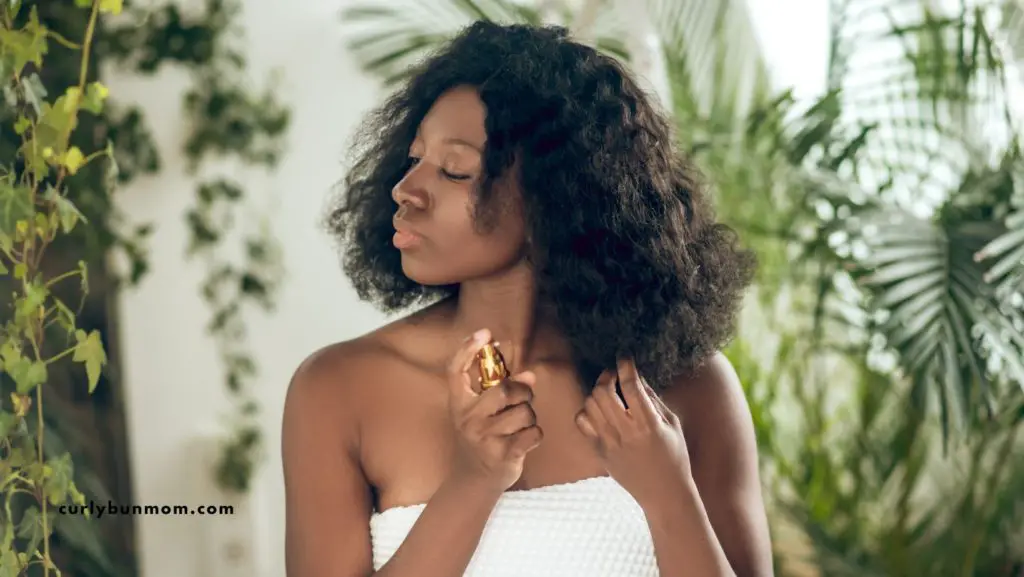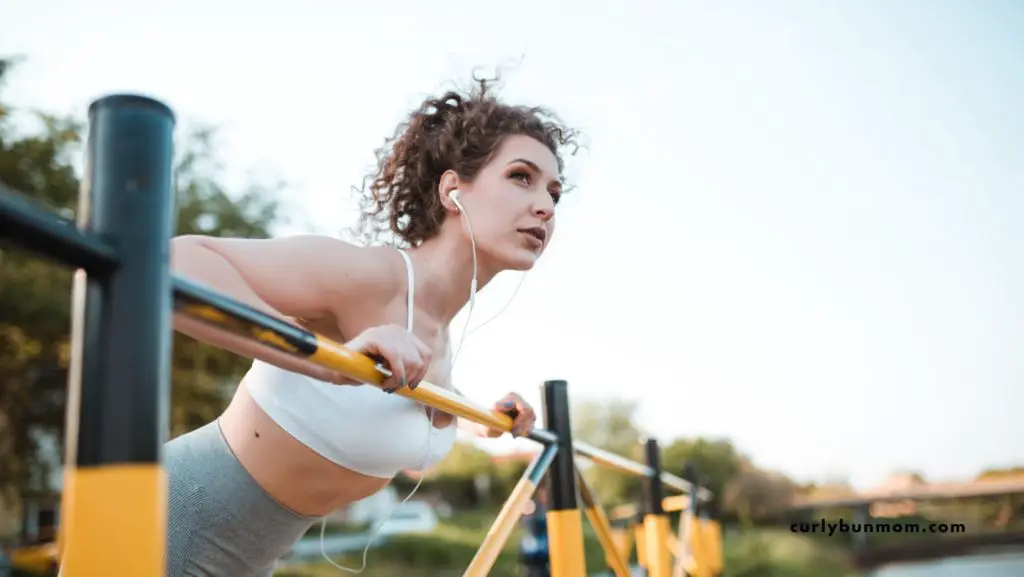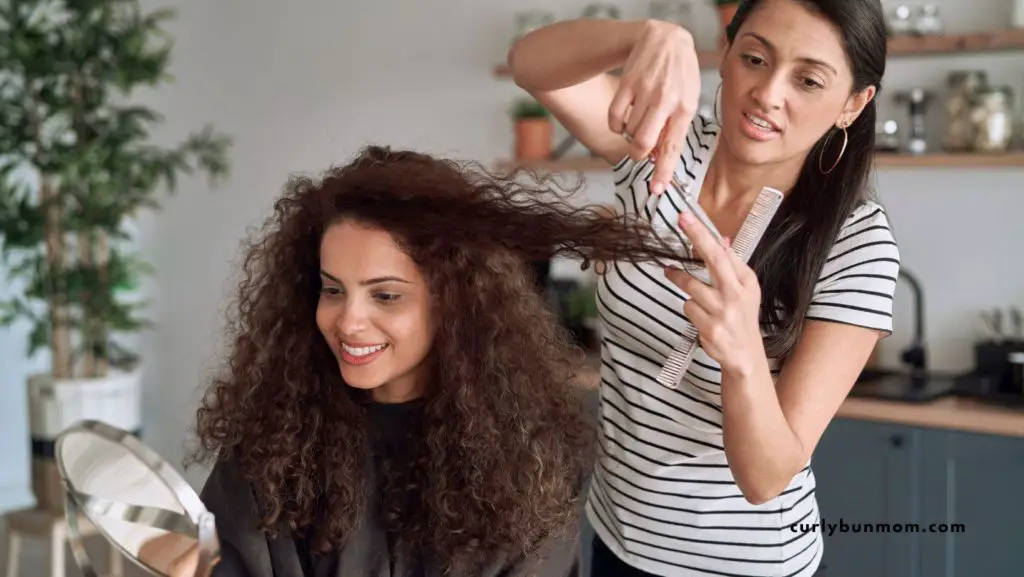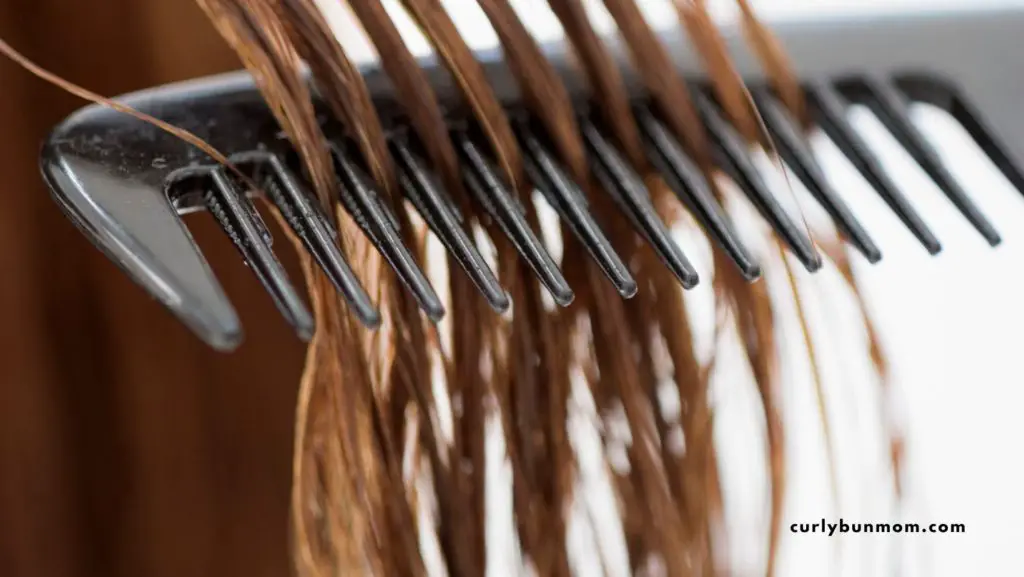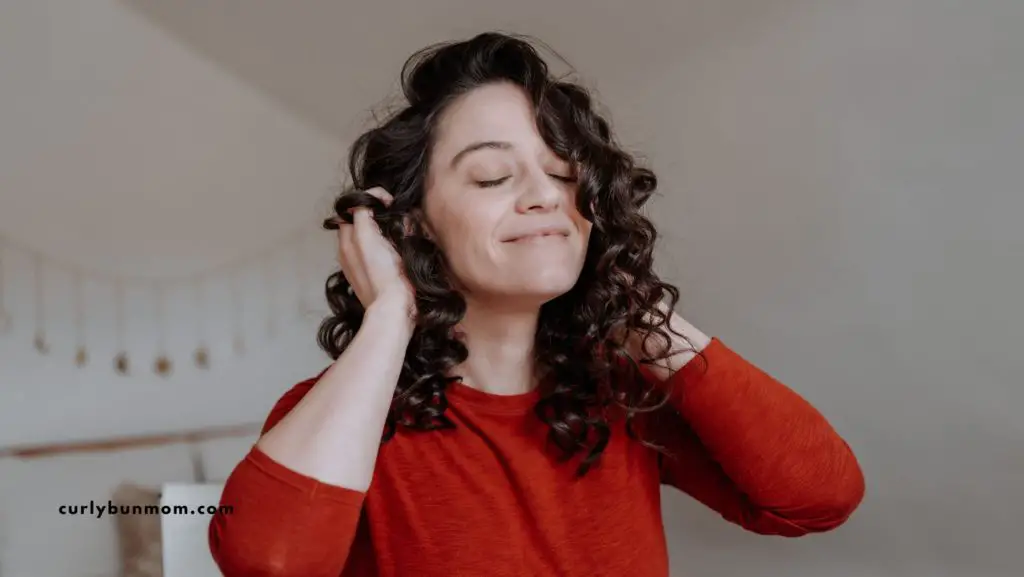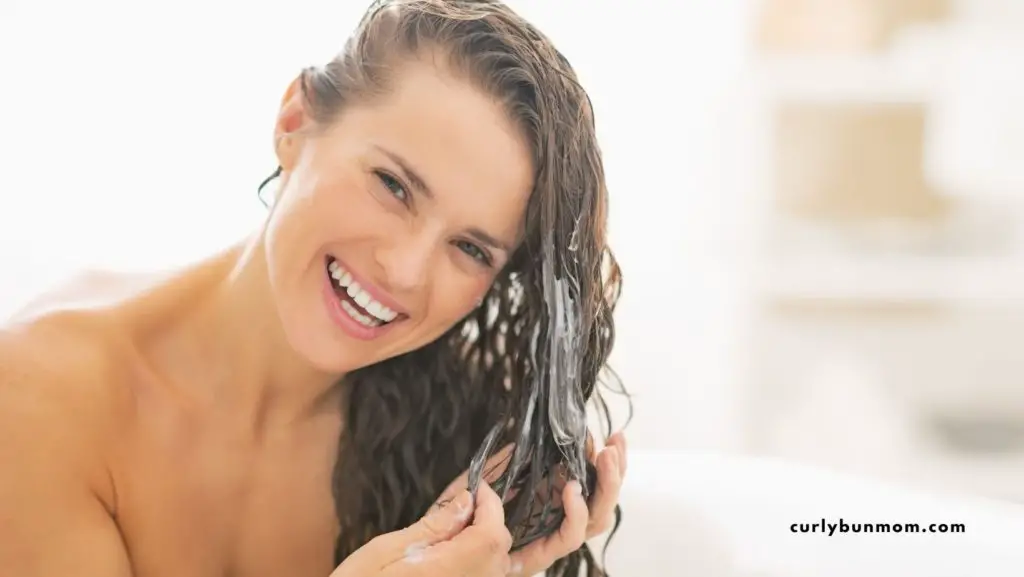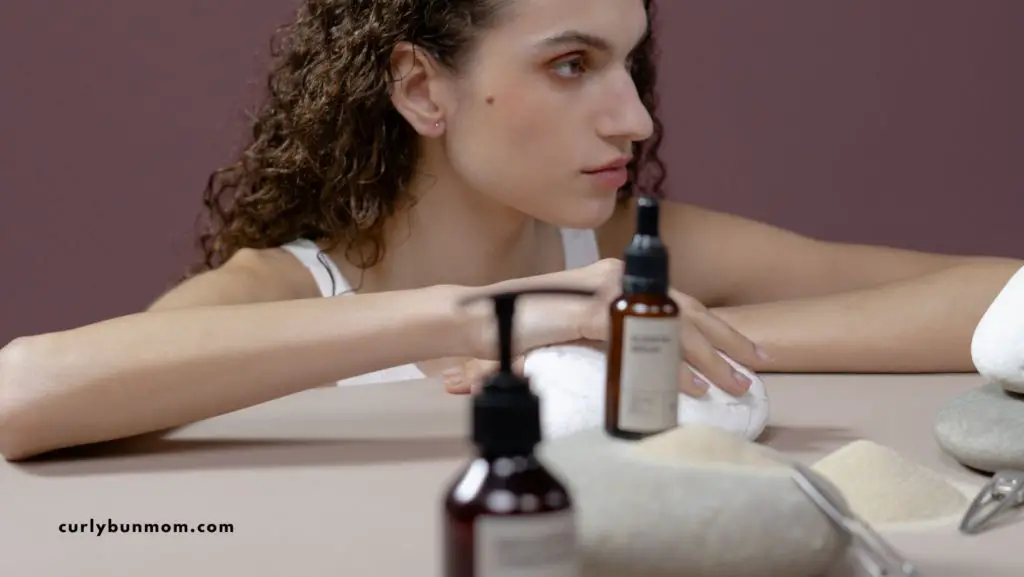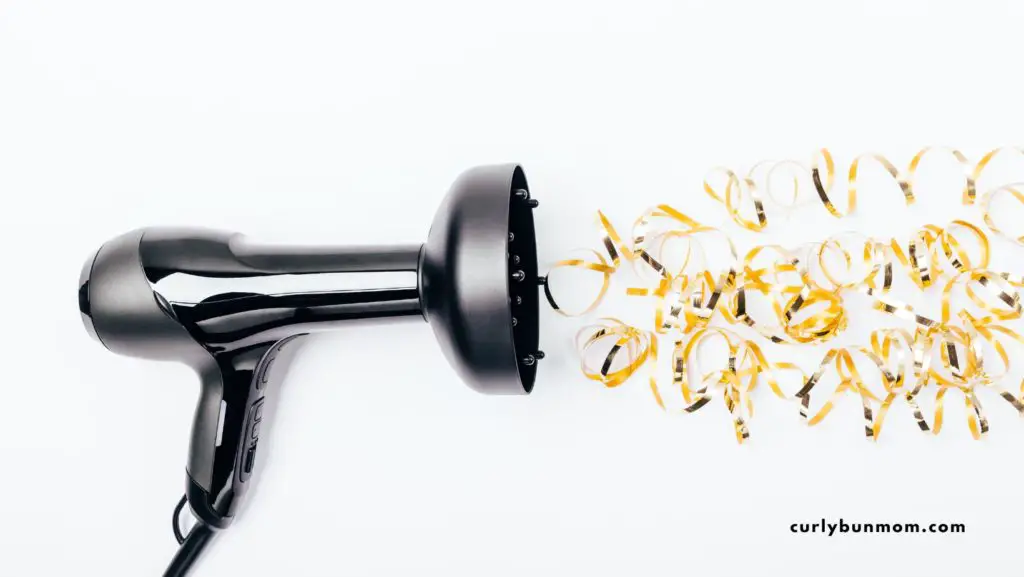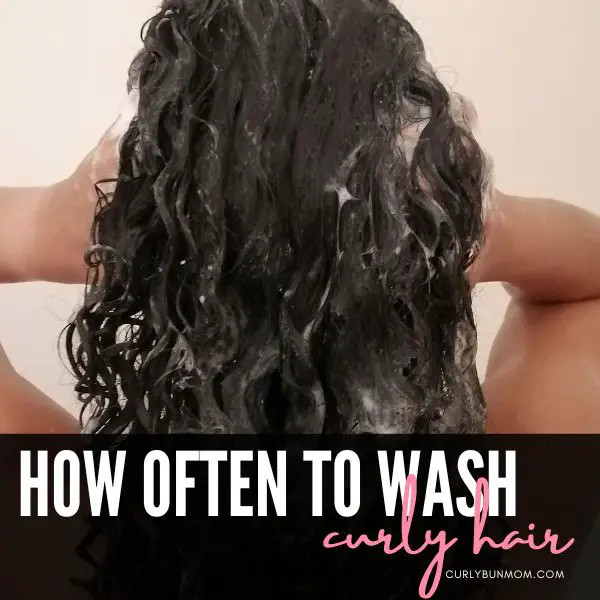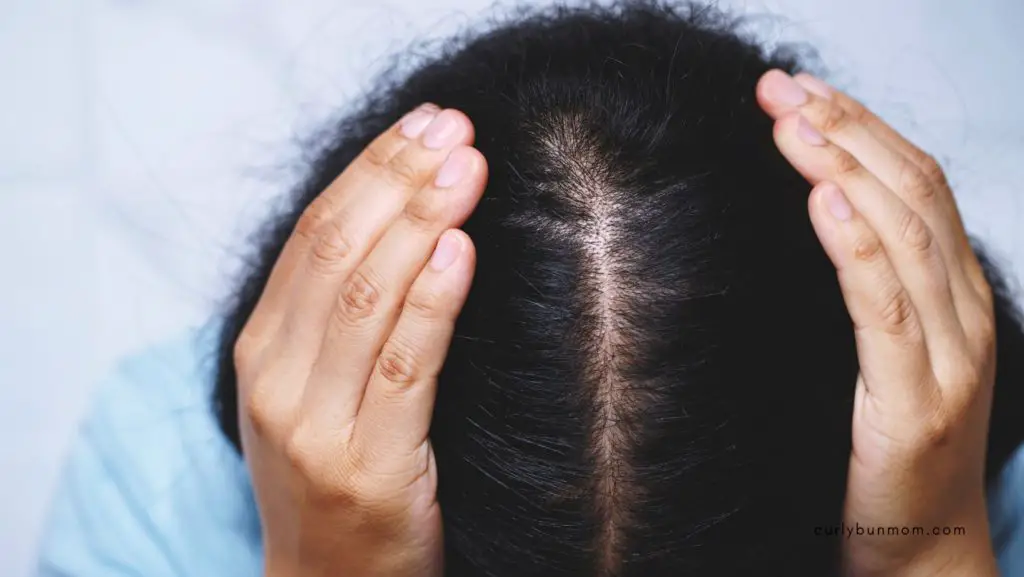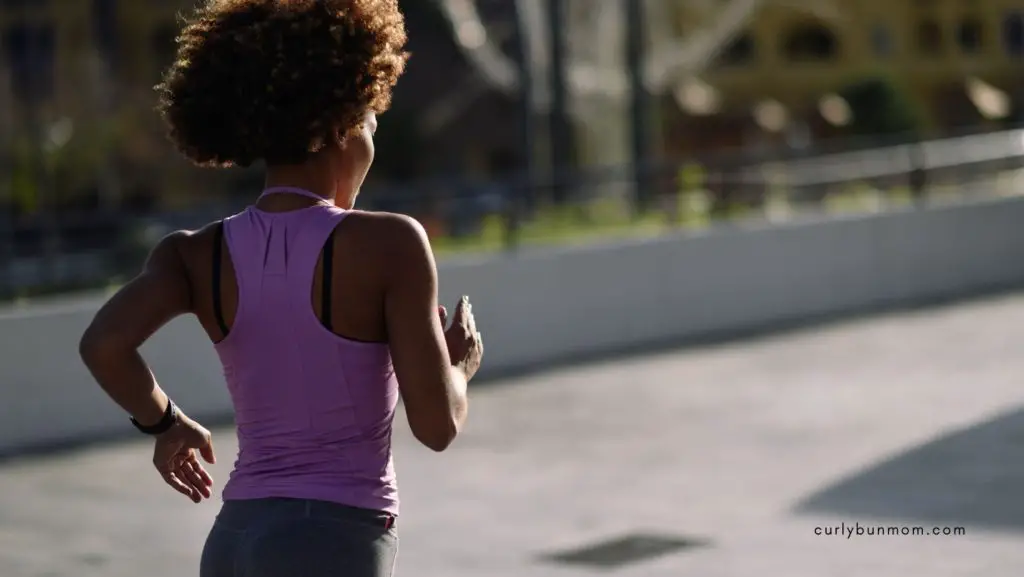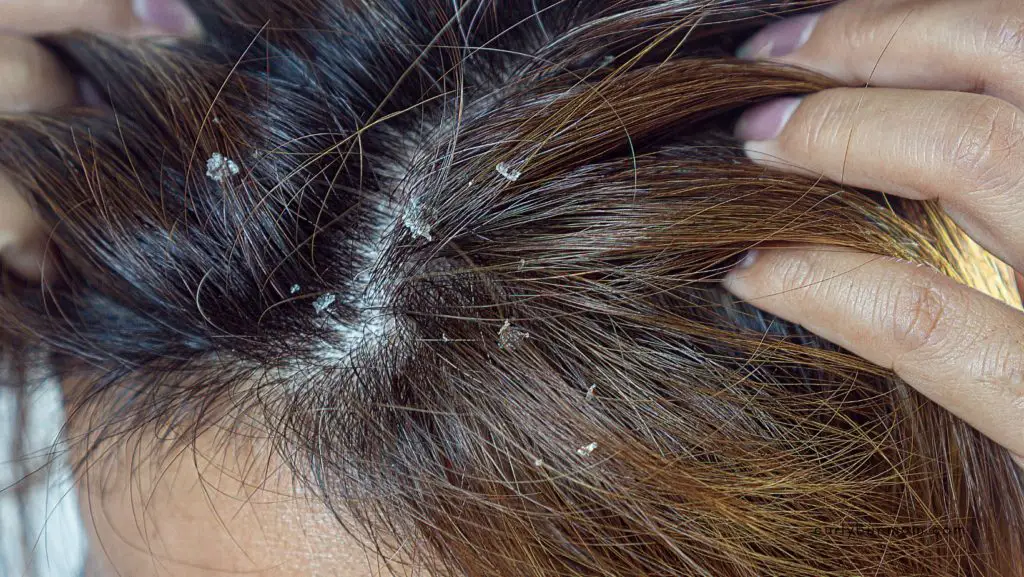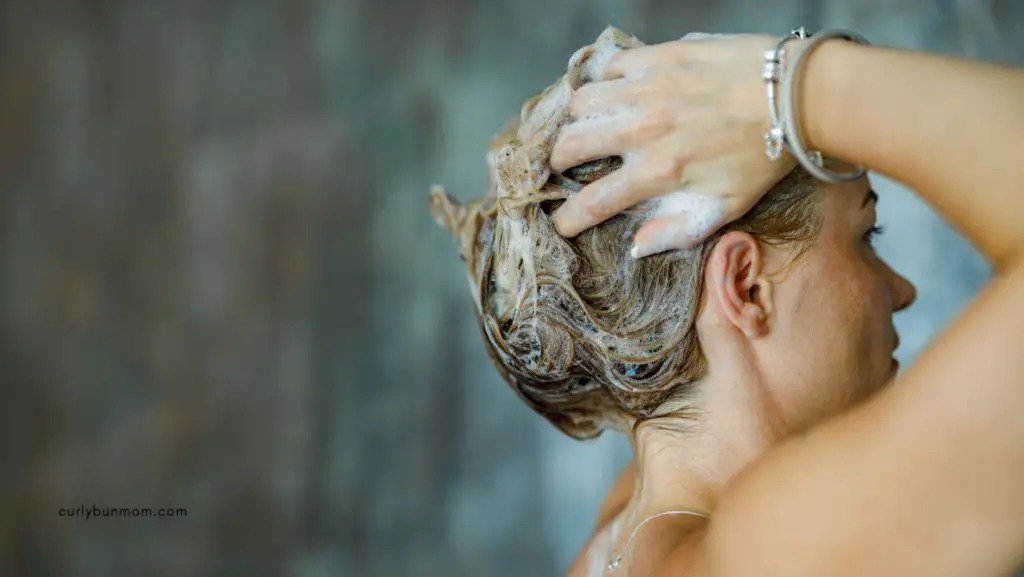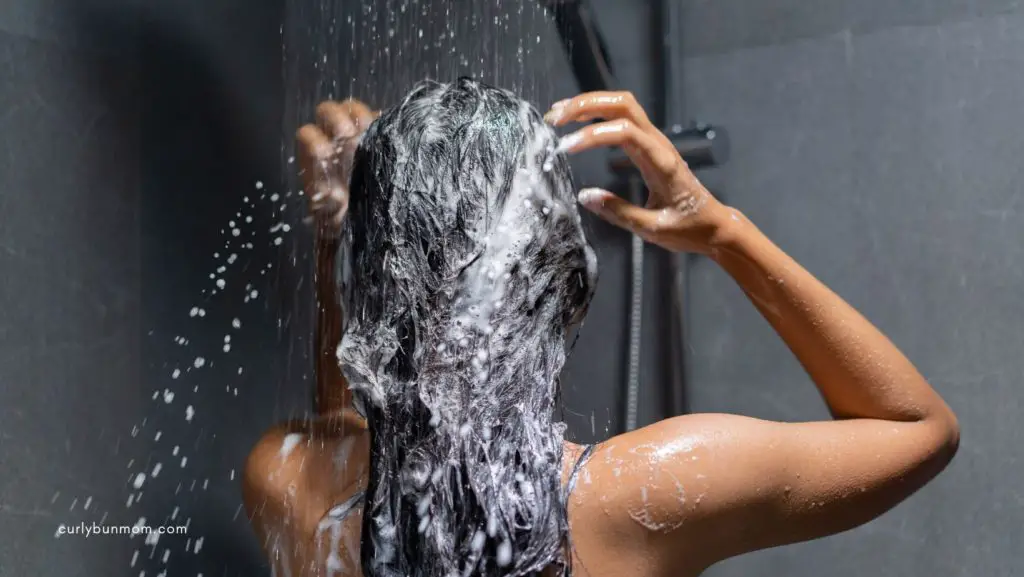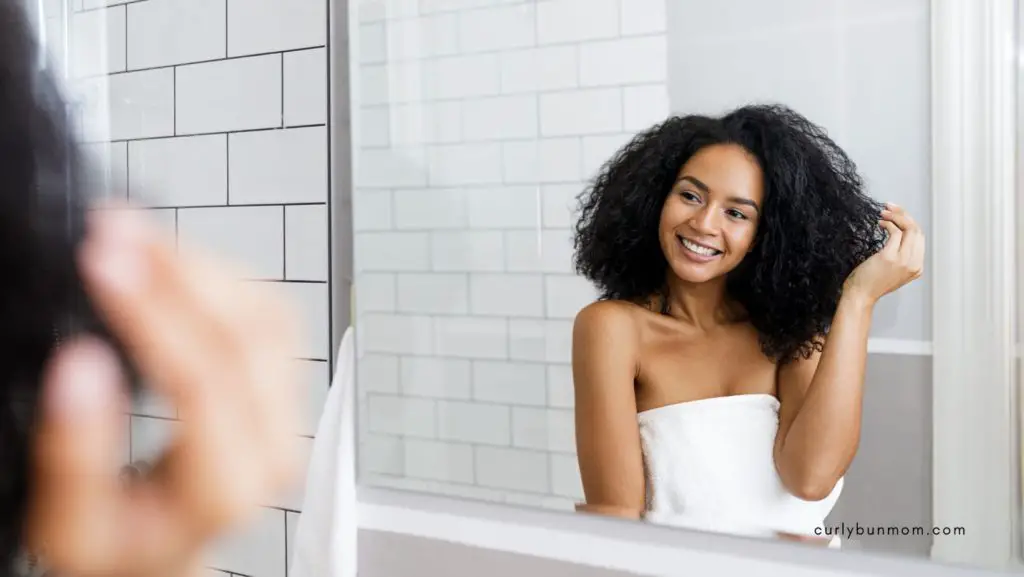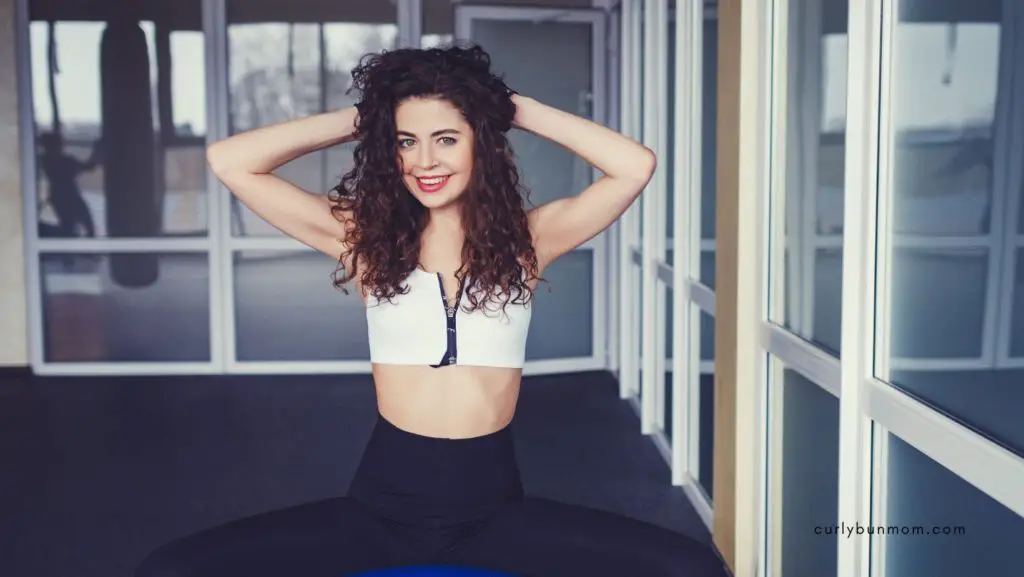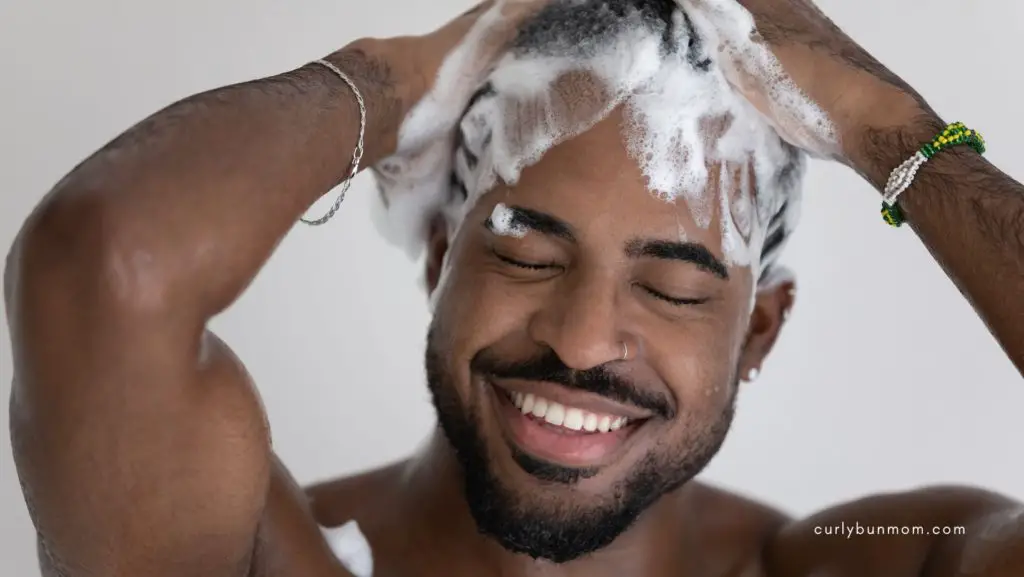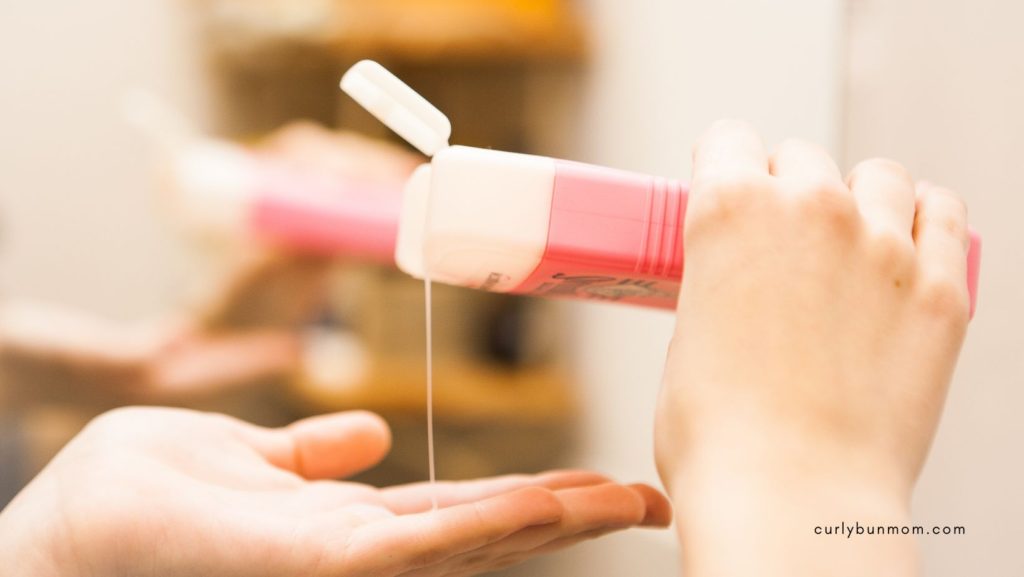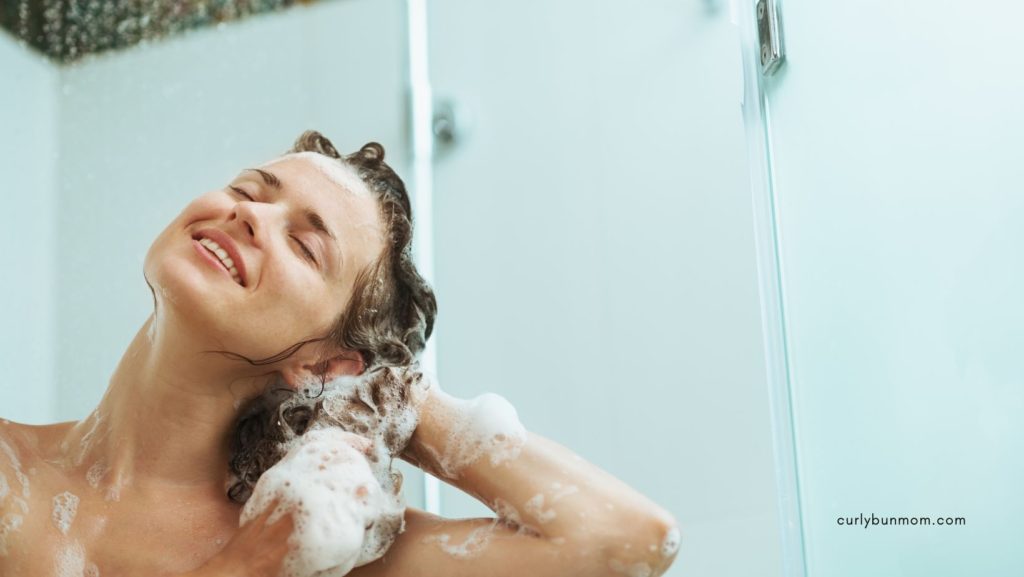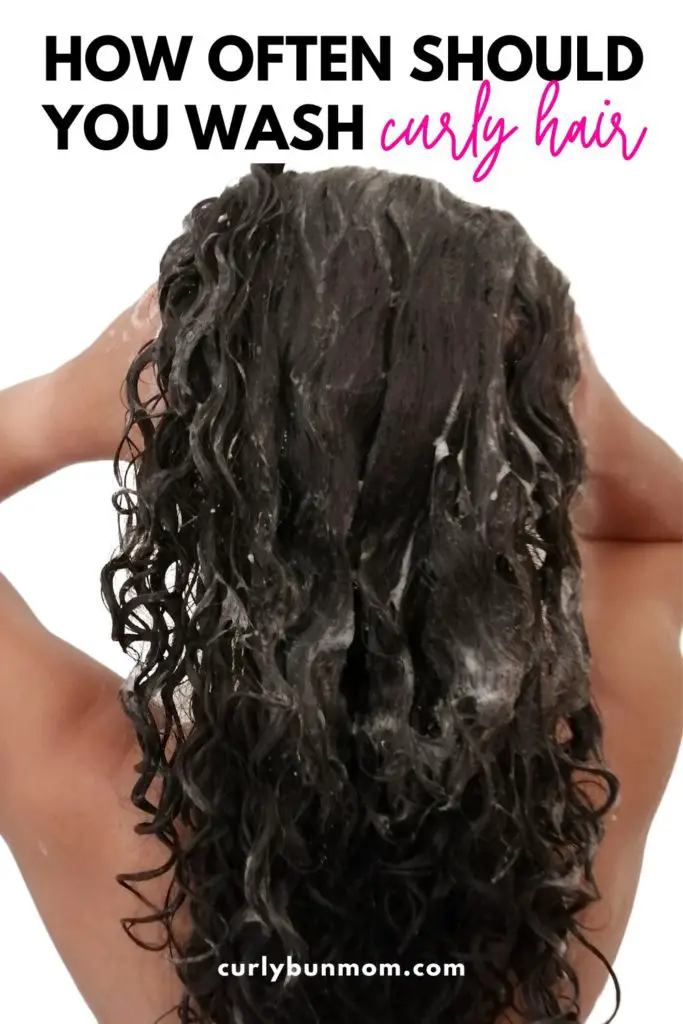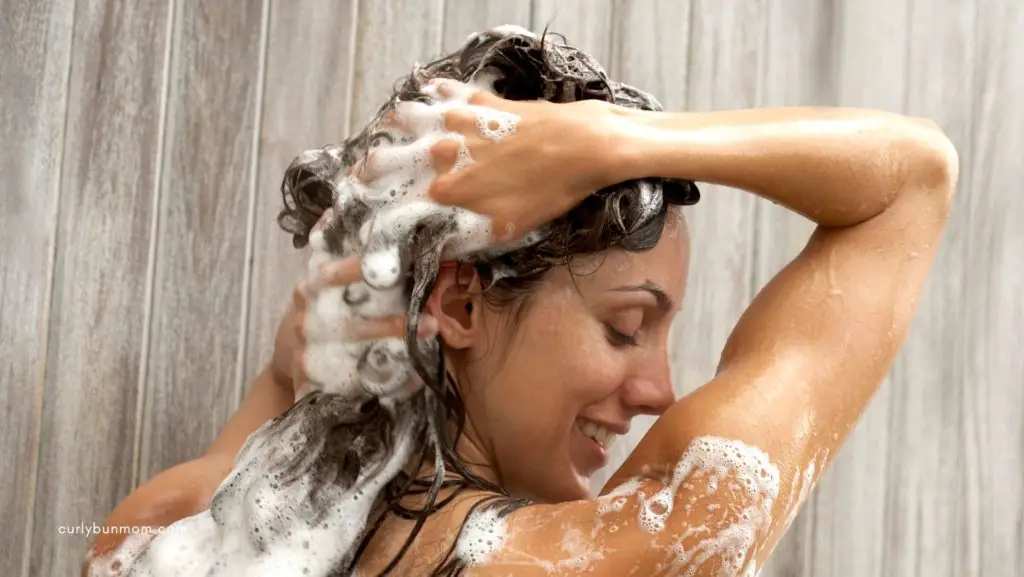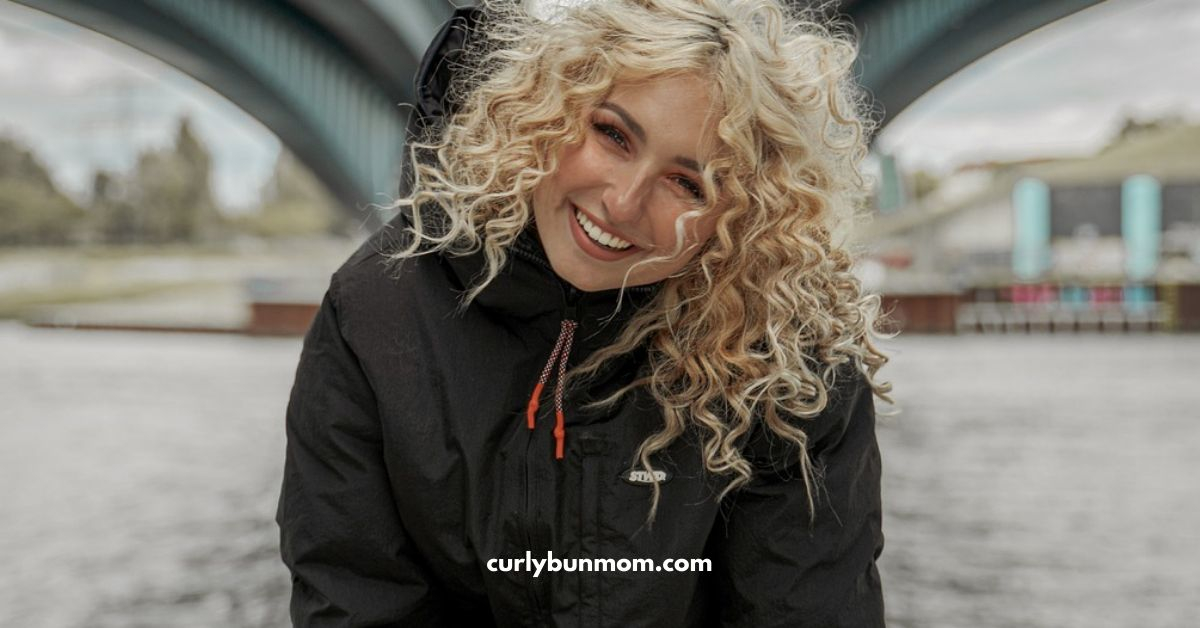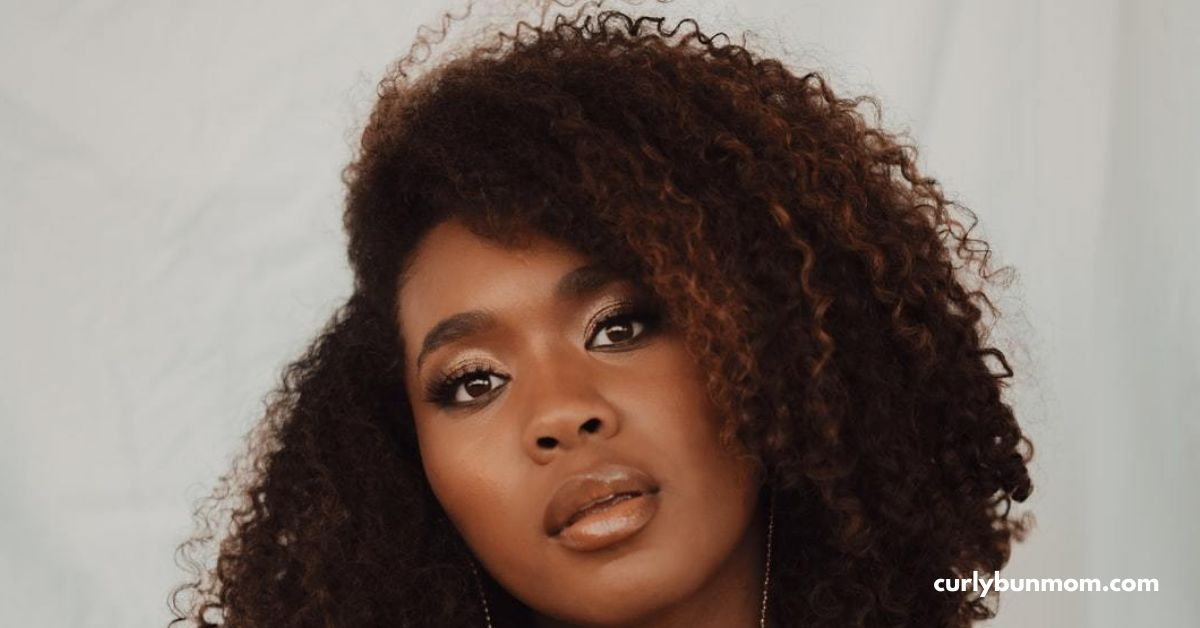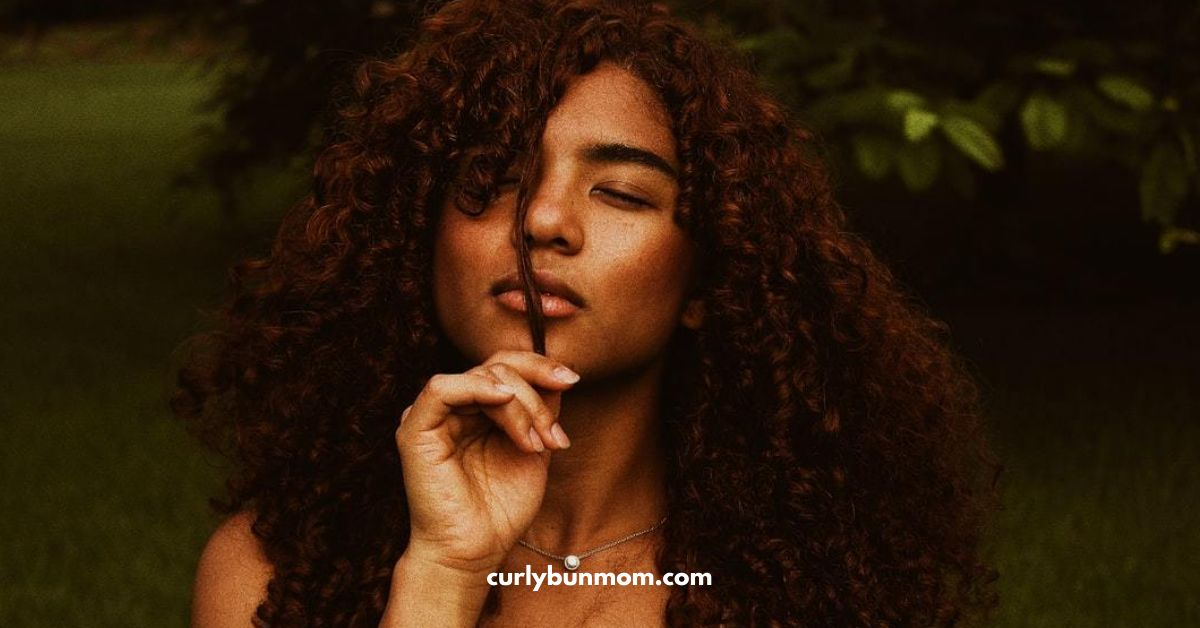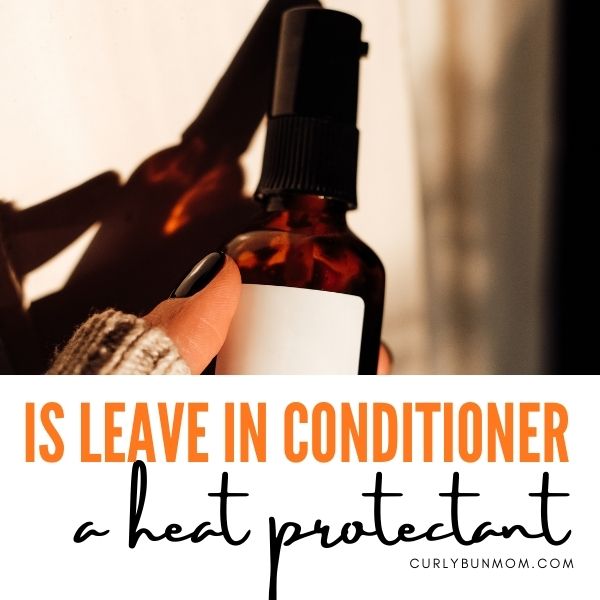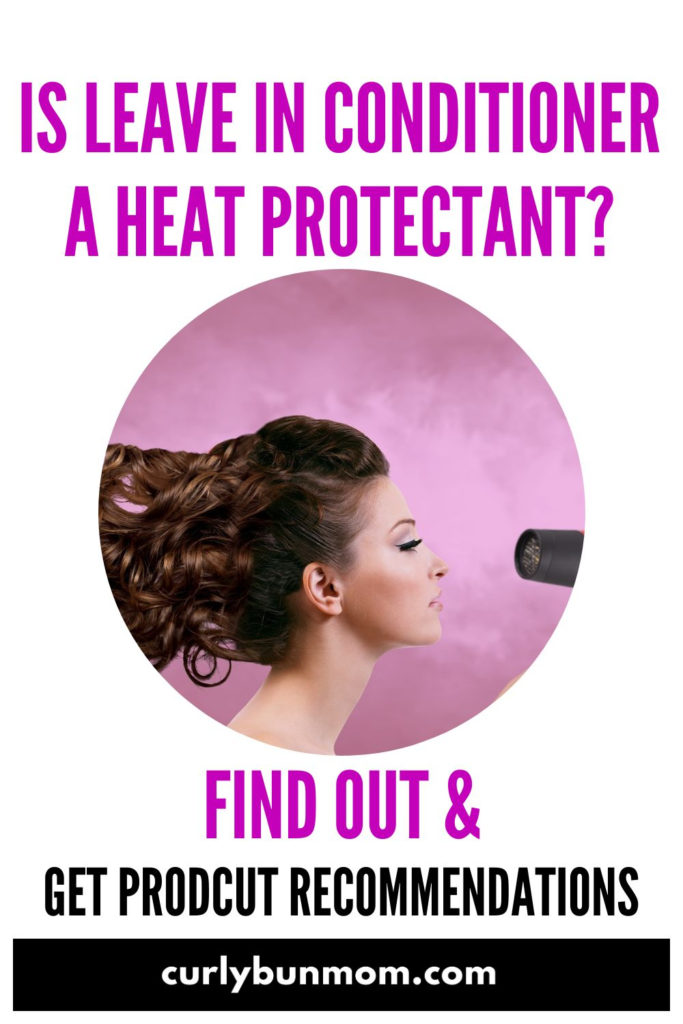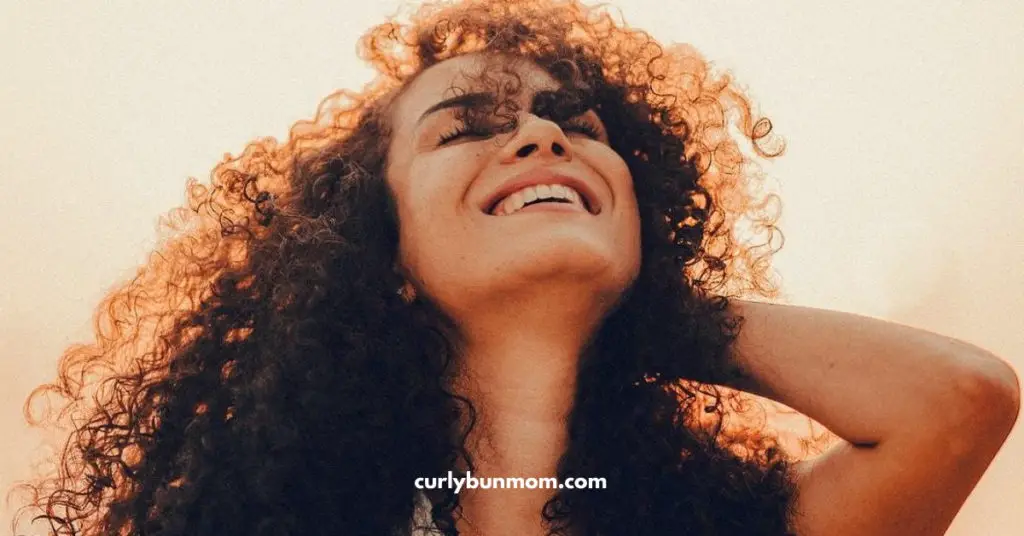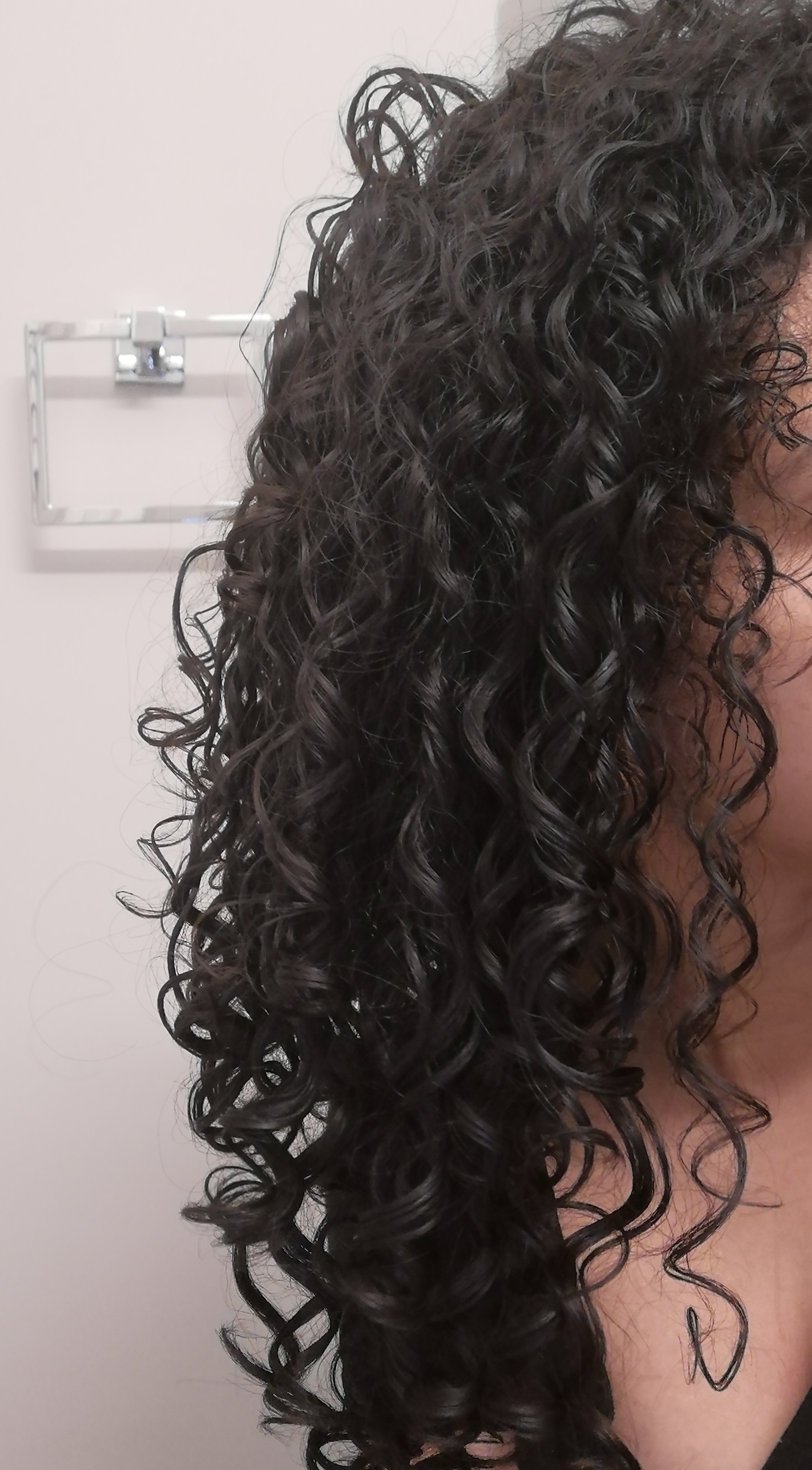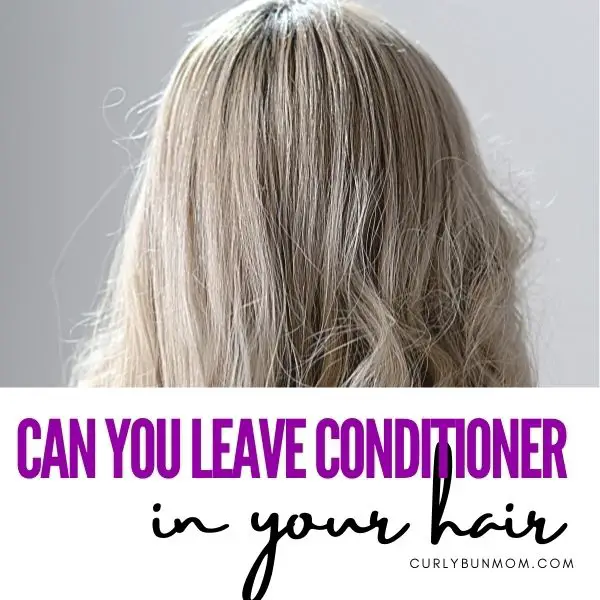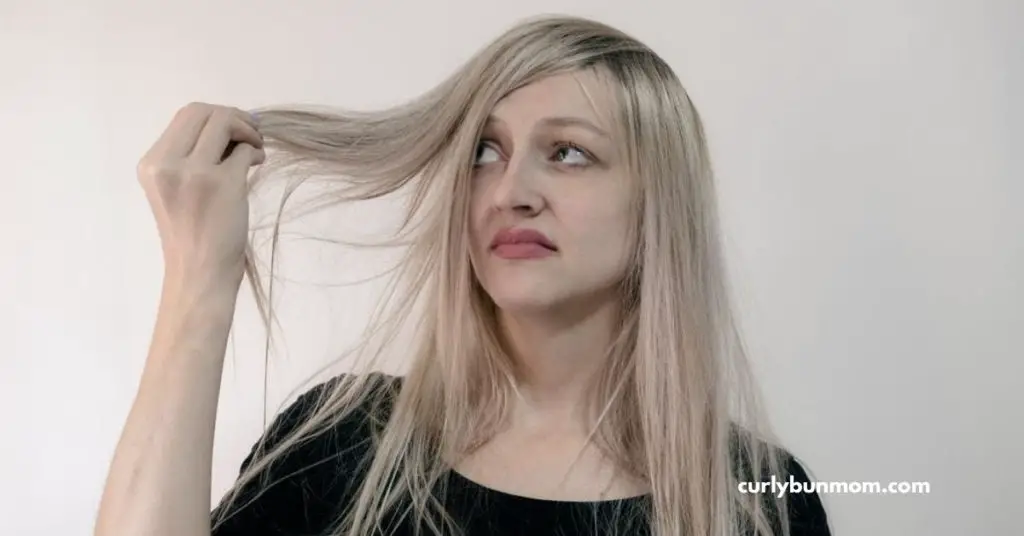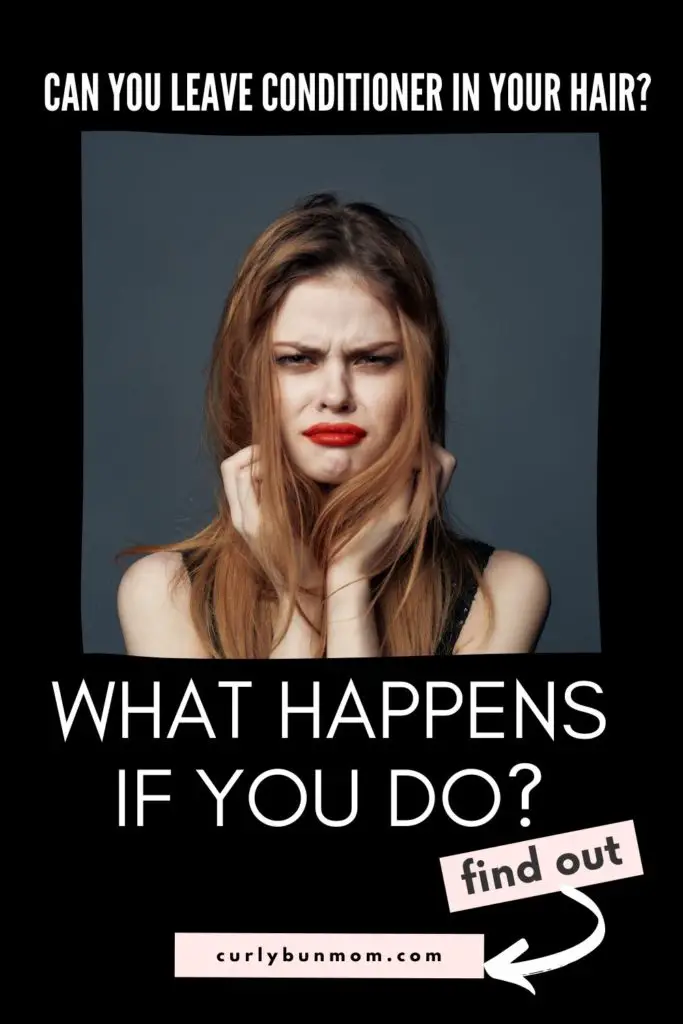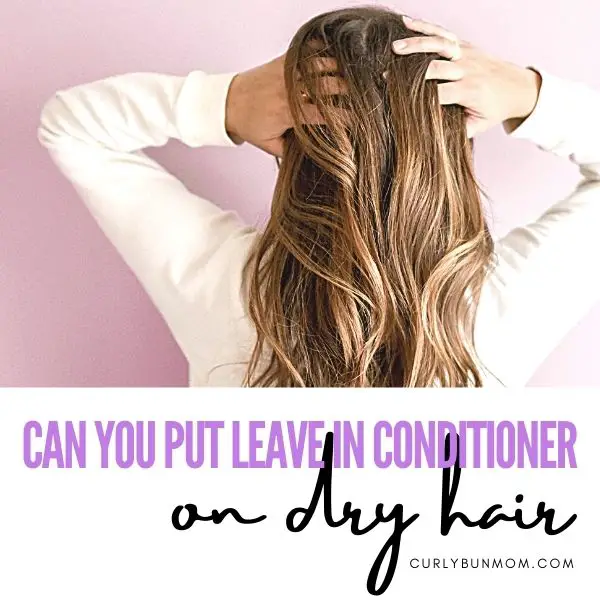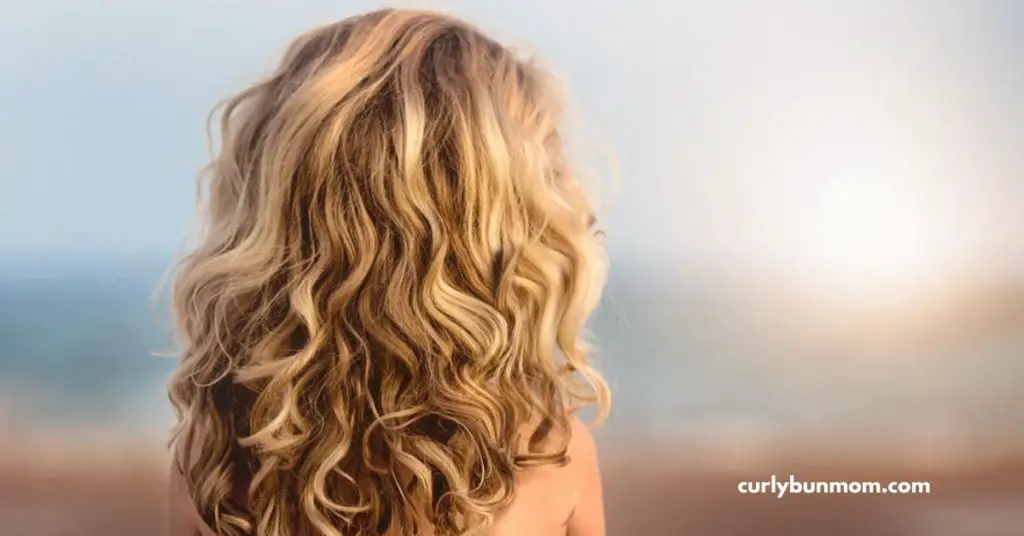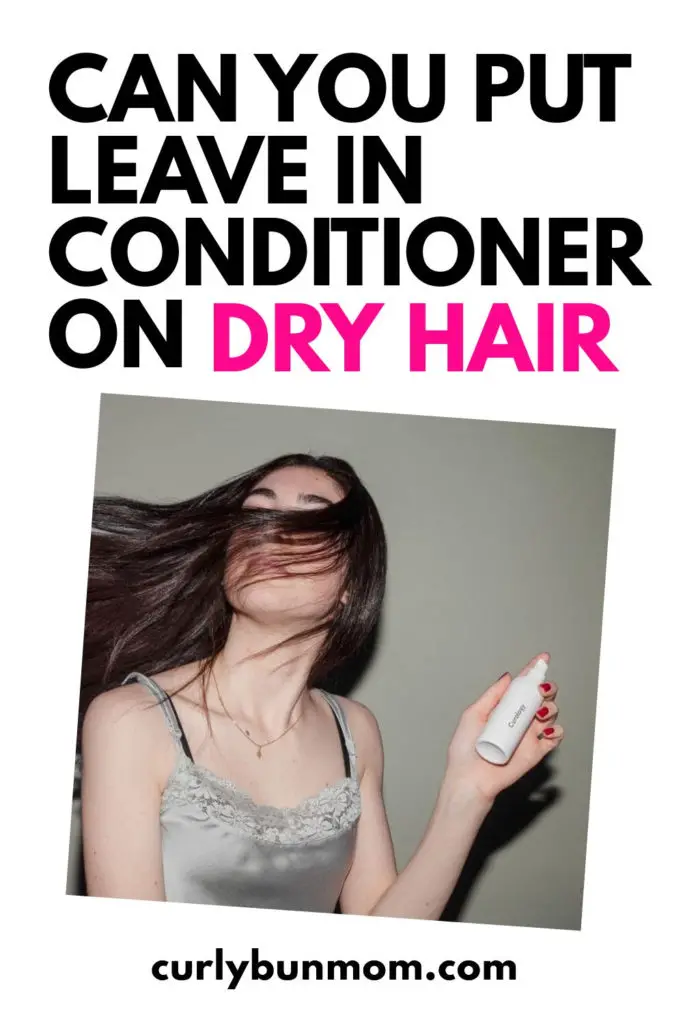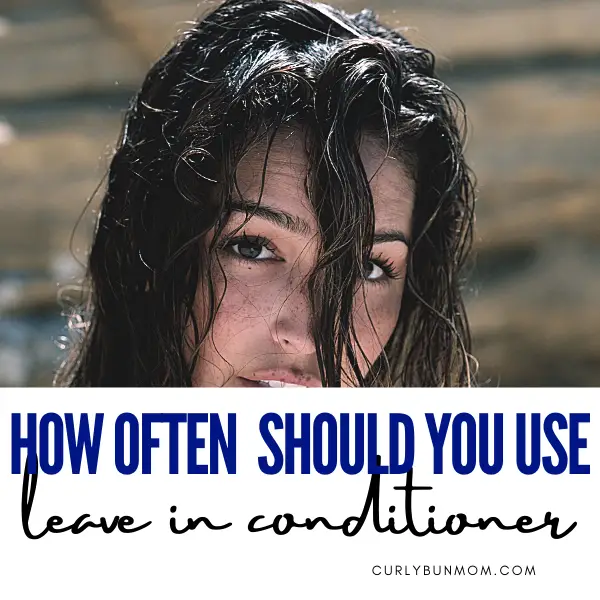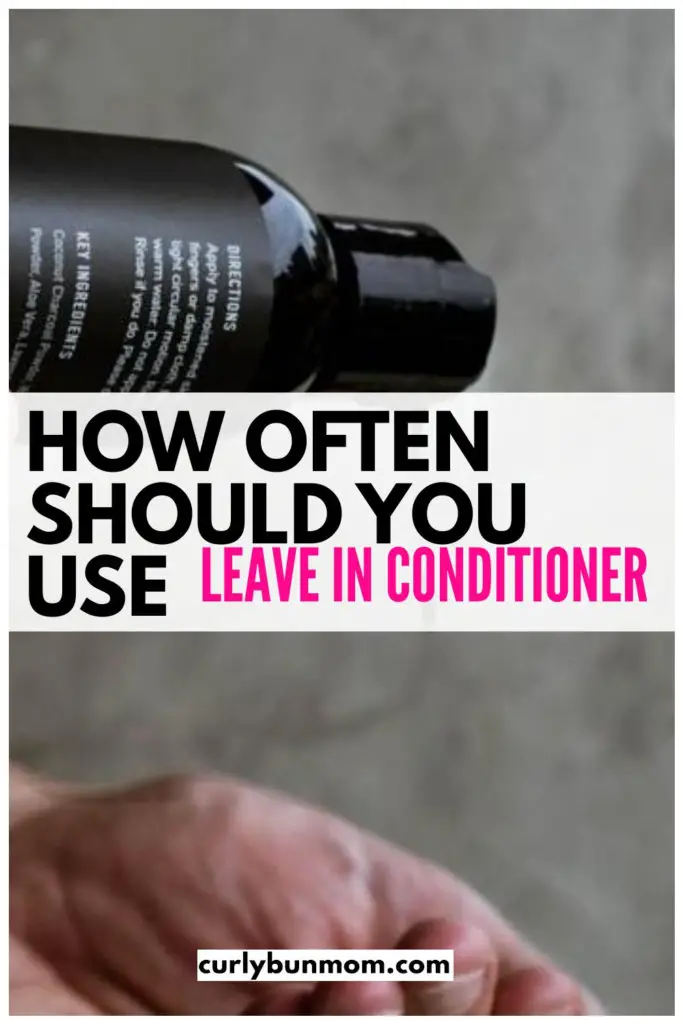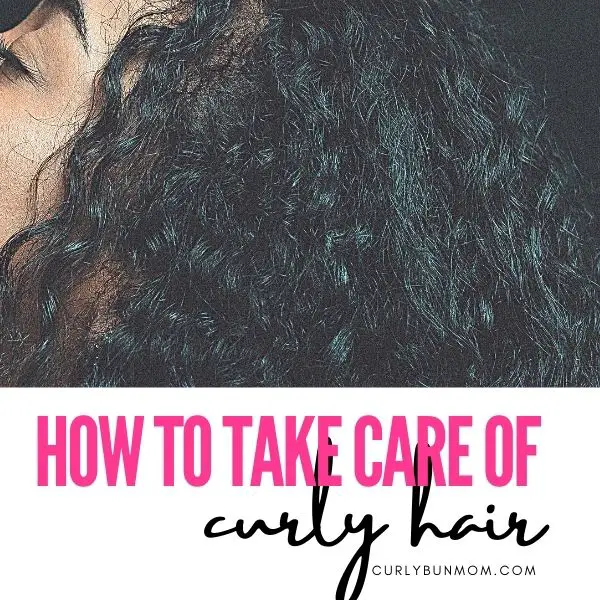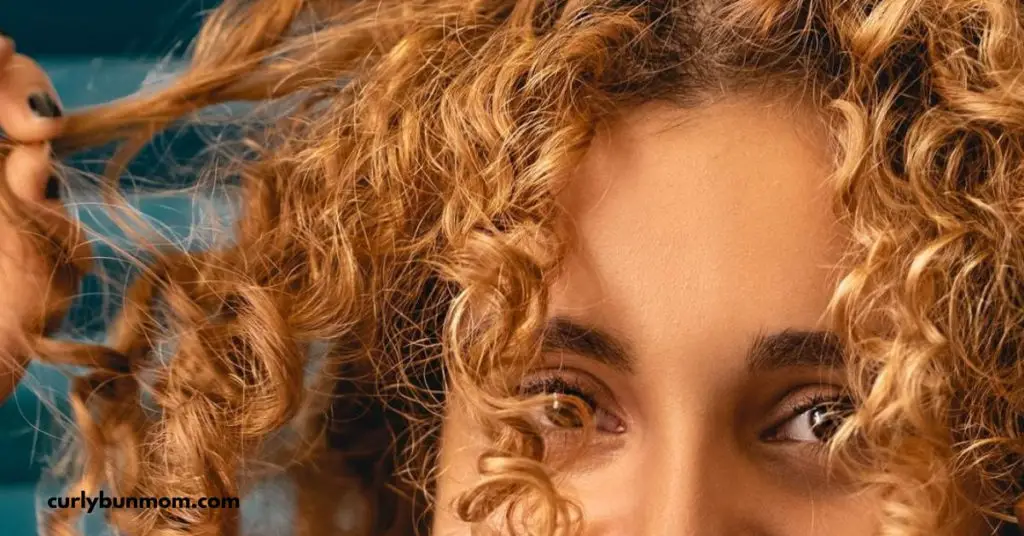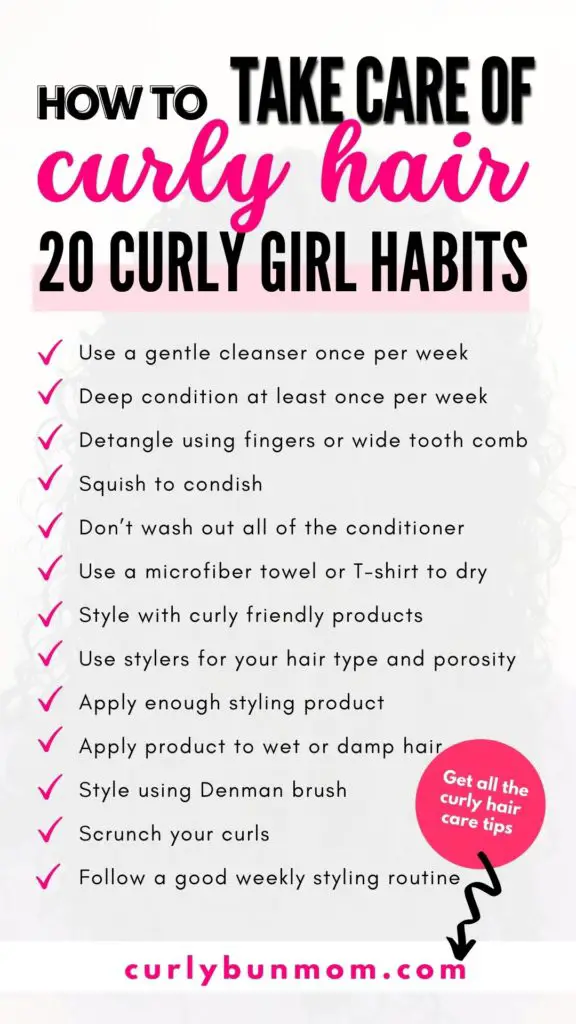13 Of The Best Shampoos For Wavy Hair – 2a 2b 2c Types
13 Of The Best Shampoos For Wavy Hair – 2a 2b 2c Types
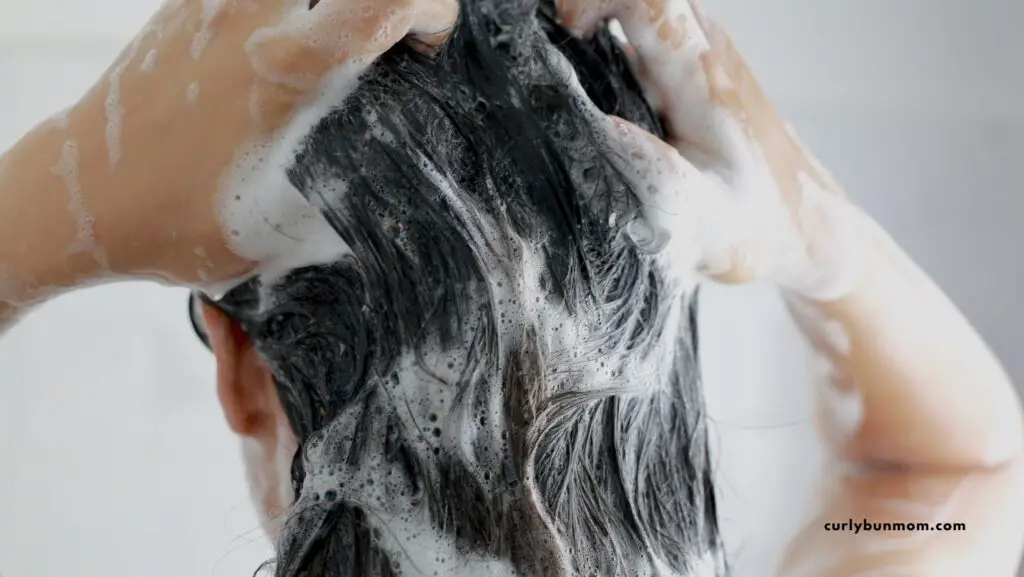
Welcome to our ultimate guide where I share the 13 best shampoos I’ve tried for 2a, 2b, and 2c wavy hair types.
Choosing the best shampoo to gently cleanse without drying out your wavy hair is essential to achieving beautiful, frizz-free waves.
I understand the struggle of maintaining those beautiful waves while keeping your hair nourished and healthy. That’s why I’ve handpicked these shampoos to reommend only the best so that your waves not only look stunning but also feel soft and manageable.
Whether you’re dealing with fine, loose waves or thicker, more defined curls, I have compiled of my picks for the best shampoo for 2a 2b 2c hair.
Get ready to say goodbye to bad hair days and hello to gorgeous, manageable waves that turn heads!
Affiliate Disclosure: “This post contains affiliate links, which means I receive a small commission, at no extra cost to you, if you make a purchase using this link.”
- Best Shampoos for 2a Hair
- Best Shampoos for 2b Hair
- Best Shampoos for 2c Hair
- Best Shampoos For 2a 2b hair, 2b 2c hair, 2a 2b 2c hair combinations
- Best Shampoos for 2a2b Hair
- Best Shampoos for 2b2c Hair
- Best Shampoos for 2a2b2c Hair
- Understanding Hair Types 2a, 2b, and 2c
- How To Choose The Best Shampoo For 2a 2b 2c Hair
- How to Properly Shampoo 2a, 2b, and 2c Hair
- Take Away

Best Shampoos for 2a Hair
Shea Moisture 100% Virgin Coconut Oil Daily Hydration Shampoo
Buy On: Amazon | Sephora | Ulta
This shampoo is one of the best shampoos for 2a hair.
What’s great about this sulfate-free formula is that it is gentle enough to use daily without drying or stripping your wavy hair.
This shampoo for 2a hair, gently cleanses your scalp and hair without stripping away moisture, leaving your textured hair feeling incredibly moisturized.
After using this shampoo, my scalp and hair felt incredibly clean, and my curls were soft and hydrated. It’s truly a magical feeling that I look forward to every time I cleanse my hair. So why wait? Give this shampoo a try and see the results for yourself!
Read my full review here: Shea Moisture Daily Hydration Shampoo & Conditioner – Curly Girl Approved Product Review
Curl Smith – Core Strength Shampoo
Buy On: Amazon | Sephora | Ulta
I highly recommend Curlsmith Core Strength Shampoo as one of the best shampoos for 2a hair type.
This gentle cleanser is free from sulphates, silicones, mineral oils and phthalates, making it suitable for frequent washes.
It effortlessly cleanses dirt and build-up, leaving your scalp feeling clean.
Curly girls can experience results after just one use. I highly recommend this shampoo to anyone with 2a hair looking for a reliable, high-quality product that delivers real results.
Verb Ghost Shampoo
Buy On: Amazon | Walmart | Ulta
Verb Ghost Shampoo stands out as a remarkable shampoo for wavy hair, seeking a delicate yet effective cleanser.
Firstly, let’s talk about the ingredients. Verb Ghost Shampoo boasts a lightweight, sulfate-free formula that gently cleanses the hair without stripping away its natural oils. This is a crucial aspect for individuals with textured hair, as overly harsh shampoos can leave waves feeling dry, frizzy, and lacking in definition. The sulfate-free formula ensures that your curls remain hydrated and bouncy, without compromising on cleanliness.
One of the standout features of Verb Ghost Shampoo is its ability to provide a thorough cleanse while maintaining the hair’s natural moisture balance. Textured hair tends to be on the drier side due to its spiral structure, making hydration a top priority.
It effectively removes build-up and impurities without weighing down delicate curls or causing them to lose their shape. This versatility makes it an ideal choice for households with multiple curly hair types, simplifying the hair care routine for everyone.
Overall Verb Ghost Shampoo is definitely worth adding to your arsenal of hair care essentials.
Best Shampoos for 2b Hair
Twist On Repeat Gentle Oil Infused Shampoo
One of my favorite shampoos for 2a 2b 2c hair is sulfate free and will cleanse your waves without drying them out, allowing you to safely wash your hair more often, if necessary.
Twist On Repeat Shampoo by Ouidad is made with high-quality ingredients that nourish your hair, including natural oils and extracts that help enhance your natural wave pattern.
Not only will your hair feel lighter and softer after using this shampoo, but it will also look healthier, more voluminous, and bouncy.
Trust me, if you have 2a 2b 2c hair, this is a must try!
Briogeo Curl Charisma Rice Amino + Avocado Hydrating Shampoo
Buy On: Walmart | Amazon | Ulta
If you’re looking for the best shampoo for 2a hair, the Briogeo Curl Charisma Rice Amino + Avocado Hydrating Shampoo is definitely worth considering!
One of the standout features of this shampoo is its ability to minimize frizz and enhance definition of waves, curls, and coils.
This is thanks to it’s forumla: the rice amino acids that seal the hair cuticle and lock out frizz-causing humidity, as well as the tomato fruit ferment that enhances moisture retention to support uniform curl formation.
The addition of ultra-hydrating shea butter and avocado oil also helps to enhance softness and keep your hair looking and feeling healthy.
Another great thing about this shampoo is that it’s safe for all types of hair, including color treated, keratin treated, chemically-treated, and relaxed hair.
So no matter what your hair type or treatment history, you can feel confident using this shampoo to enhance your natural waves and curls.
Overall, if you’re looking for a hydrating shampoo that can enhance your natural waves without causing frizz or stripping your hair of its natural oils, the Briogeo Curl Charisma Rice Amino + Avocado Hydrating Shampoo is definitely worth trying!
Best Shampoos for 2c Hair
Pacifica Pineapple Curls Curl Defining Shampoo
Buy On: Ulta | Target | Amazon
This lightweight and defining shampoo is perfect for enhancing your natural 2c hair by reducing frizz without weighing down your hair.
It is free from harsh chemicals like parabens and phthalates and contains a blend of super oils, hyaluronic acid, and other vegan ingredients like argan oil and quinoa to hydrate and soften your waves.
Overall, I recommend the Pacifica Beauty Pineapple Curls Curl Enhancing Natural Shampoo if you’re looking to enhance your naturally wavy 2c hair.
It’s lightweight, defines your curls, and reduces frizz, all while smelling amazing!
Twist Hit Reset Light Clarifying Shampoo
This gentle clarifying shampoo is perfect for 2c wavy hair that need to be reset, refreshed and revived.
This shampoo gently removes build-up without stripping your waves of the natural oils they need to form and stay strong.
In just one wash, it helps to reset your wavy pattern for a fresh start.
This makes it the perfect choice for those who are struggling with the weight of styling products, dirt, oil, and build-up that can weigh your textured hair down.
Another great thing about this shampoo is it contains aloe vera to hydrate and soothe the scalp, as well as promote hair growth, and rice protein to encourage volume and texture.
Twist Hit Reset Light Clarifying Shampoo is a great option for those with 2c hair who are looking for a gentle, deeper clean to combat build-up and bring their curls back to life.
It’s all about balance, eliminating build-up without stripping natural oils, and promoting healthy, bouncy waves.
Best Shampoos For 2a 2b hair, 2b 2c hair, 2a 2b 2c hair combinations
It’s not uncommon for individuals to have a combination of hair types, such as 2a 2b, 2b 2c, or even 2a 2b 2c hair.
In these cases, it’s essential to find a shampoo that can cater to the unique needs of each hair type present, while maintaining balance and providing the necessary care.
2a 2b hair
For those with 2a2b hair, you’ll want to look for a shampoo that can gently cleanse and hydrate your fine, loose waves (2a), while also providing the necessary frizz control and definition for your more pronounced waves (2b).
Many of the shampoos recommended for 2a and 2b hair will work well for this combination, as they often have lightweight, hydrating formulas that provide just the right amount of frizz control without weighing down your hair.
2b 2c Hair
If you have a 2b2c hair combination, your shampoo should address the needs of both your medium waves (2b) and your thicker, more pronounced waves (2c).
The best shampoos for this hair type will have a balance of moisturizing and frizz-fighting ingredients, without being too heavy or greasy.
Shampoos recommended for 2b and 2c hair will likely work well for this combination, as they are specifically formulated to enhance wave definition and control frizz for these hair types.
2a 2b 2c Hair
For those with a mix of all three hair types – 2a2b2c – finding the perfect shampoo may require a bit more experimentation. However, more often than not, any of the shampoos above can work for combination hair.
Look for a product that provides the lightweight hydration needed for your 2a waves, while also offering the frizz control and definition necessary for your 2b and 2c waves.
You might need to try a few of the recommended shampoos for 2a, 2b, and 2c hair before finding the one that strikes the perfect balance for your unique hair combination.
In all cases, it’s important to remember that individual hair needs can vary greatly, even within the same hair type or combination.
Don’t be afraid to try different products and adjust your hair care routine until you find the perfect shampoo that caters to your specific hair type combination and leaves your waves looking healthy, defined, and frizz-free.
Best Shampoos for 2a2b Hair
When it comes to finding the best shampoos for 2a2b hair, it’s crucial to look for products that can address the unique needs of both hair types.
Here are my top picks for shampoos that will cater to the lightweight hydration needs of your 2a hair and provide the frizz control and definition required for your 2b waves.
Not Your Mother’s Naturals Blue Sea Kale & Pure Coconut Water Sea Minerals Shampoo
This shampoo can be perfect if you have 2a2b hair. Its weightless hydration formula helps to provide your hair with the nourishment it needs to stay healthy and vibrant.
It is free from sulfates, parabens, and other harsh chemicals, making it a safe curly girl shampoo for anyone who is conscious about the products they use for their hair.
With its unique formula, this shampoo will leave your hair feeling clean, refreshed, and hydrated.
Suave Professionals Sulfate Free Cleansing Shampoo
This moisturizing shampoo is designed specifically for textured hair, creating a generous creamy lather that gently removes oil & dirt buildup.
The ingredients – natural shea butter and pure coconut oil for hair – helps to fight frizz and reduce breakage, leaving your hair looking and feeling healthy and strong.
Suave Professionals Sulfate Free Cleansing Shampoo is a great choice for those with 2c hair who want a moisturizing shampoo that gently cleanses and enhances their curls.
With natural ingredients like shea butter and coconut oil, this shampoo helps to fight frizz and reduce breakage, leaving your hair looking and feeling its best.
Best Shampoos for 2b2c Hair
Finding the ideal shampoo for 2b2c hair requires addressing the specific needs of both hair types.
You’ll need a shampoo that can enhance the definition and control frizz for your 2b waves while providing extra moisture and manageability for your thicker, coarser 2c waves.
Here are my top picks for shampoos that cater to the unique requirements of 2b2c hair.
Curlsmith Curl Quenching Conditioning Wash
A sulfate-free, co-wash formula that gently cleanses, conditions, and hydrates wavy and curly hair.
Ingredients: Babassu oil, murumuru butter, and a blend of organic superfoods provide hydration, frizz control, and nourishment.
Benefits: Enhances natural wave and curl patterns, reduces frizz, and deeply hydrates both 2b and 2c hair types without weighing hair down.
Living Proof No Frizz Shampoo
Buy On: Amazon | Walmart | Ulta
This shampoo is a great choice for 2b 2c wavy hair as it is designed to gently yet effectively cleanse your hair.
If you want to say goodbye to frizz and hello to healthier wavy hair, Living Proof No Frizz Shampoo may be the best shampoo for you.
Best Shampoos for 2a2b2c Hair
Selecting the ideal shampoo for a 2a2b2c hair combination can be a bit more challenging, as you’ll need a product that addresses the unique requirements of all three hair types.
The key is to find a shampoo that provides the lightweight hydration needed for your 2a waves, while also offering the frizz control and definition necessary for your 2b and 2c waves.
Here are my top picks for shampoos that cater to the diverse needs of 2a2b2c hair.
Ouidad Advanced Climate Control Defrizzing Shampoo
Buy On: Amazon | Walmart | Target
This sulfate-free shampoo is specifically designed to gently cleanse and define curls.
This unique formula contains emollients, including Shea Butter and Murumuru Butter, as well as ceramides, which help repair the cuticle for a smoother hair.
Whether you’re dealing with hot and humid weather or dry and cold conditions, Ouidad Advanced Climate Control Defrizzing Shampoo will keep your waves defined, shiny, and under control.
So if you want to keep frizz at bay and enjoy gorgeous beachy waves, try this shampoo.
Cantu Sulfate-Free Cleansing Cream Shampoo
This is a great shampoo for 2c hair as it is formulated with a blend of pure shea butter and essential oils to gently remove product buildup without drying out your waves.
It conditions as it cleanses, leaving your hair and scalp feeling refreshed and nourished.
It also helps to reduce breakage, making it a great choice for those with 2c hair who want to keep their hair healthy and strong.
This shampoo is free of harsh ingredients like mineral oil, sulfates, parabens, silicones, phthalates, alcohol, paraffin, or propylene, making it a great option for those who want to avoid these ingredients in their hair care routine.
Overall, the Cantu Shea Butter for Natural Hair Sulfate-Free Cleansing Cream Shampoo is a great choice for those with 2c hair who want to cleanse and refresh their hair without stripping it of its natural oils.
With nourishing shea butter and a gentle sulfate-free formula, this shampoo is sure to leave your hair feeling refreshed and hydrated.
Garnier Fructis Treats Aloe Shampoo
This drugstore curly girl method approved shampoo is an amazing option for 2a 2b 2c hair.
This hydrating shampoo provides more moisture and less weigh down, leaving your hair soft, smooth, and shiny.
It’s free of silicones, parabens, and artificial colorants, making it a great choice for those who want to avoid these ingredients in their hair care routine. It’s also suitable for color-treated hair and comes in a recyclable bottle.
The formula is vegan, with a 94% biodegradable formula, making it an environmentally-friendly choice.
Wavy girls love it because it gently cleanses and leave hair feeling light, softer and less tangled.
Overall, this is one of the best shampoos for type 2 hair and I would recommend it to anyone looking for a good, affordable option.
Understanding Hair Types 2a, 2b, and 2c
The hair type system categorizes hair into four main groups: Type 1 (straight), Type 2 (wavy), Type 3 (curly), and Type 4 (coily).
Within the Type 2 category, there are three subcategories – 2a, 2b, and 2c – that further differentiate the waves.
2a Hair
2a hair has a slight, loose wave pattern and is relatively fine and thin. This hair type is generally easy to manage and tends to have a natural shine. However, 2a hair can easily become weighed down by heavy products or lose its shape if not properly cared for.
2b Hair
2b hair has a more defined, medium wave pattern, creating an S-shape. This hair type is typically thicker and more prone to frizz than 2a hair. It requires proper hydration and gentle handling to maintain its shape and minimize frizz.
2c Hair
2c hair has a more pronounced wave pattern, with thicker, coarser strands. It is the most susceptible to frizz and requires extra care to maintain definition and manageability. This hair type benefits from products that provide moisture, control, and definition.
How To Choose The Best Shampoo For 2a 2b 2c Hair
When choosing the best shampoo for 2a, 2b, 2c hair, it’s essential to consider the specific needs of your hair type.
- 2a hair, look for lightweight, hydrating formulas that won’t weigh down your fine, loose waves.
- 2b hair, focus on shampoos that provide frizz control and definition for medium waves, while maintaining a healthy level of moisture.
- 2c hair, opt for shampoos that offer extra hydration, manageability, and frizz control for your thicker, more defined waves.
For combination of hair types, such as 2a2b, 2b2c, or 2a2b2c, you’ll need a shampoo that can cater to the unique requirements of each hair type while maintaining balance and providing the necessary care.
Don’t be afraid to experiment with different products and adjust your hair care routine until you find the shampoo that works best for your specific hair type or combination, ultimately resulting in healthier, more manageable, and beautiful waves.
Here are some other things to consider when choosing the best shampoo for type 2 hair:
Hair texture and density
Consider the thickness and density of your hair when choosing a shampoo. Fine, thin hair may require lightweight, volumizing formulas, while thicker, coarser hair may benefit from moisturizing and frizz-control ingredients.
Scalp type and condition
Your scalp condition plays a crucial role in selecting the right shampoo. For oily scalps, look for clarifying or balancing shampoos. If you have a dry or sensitive scalp, opt for gentle, hydrating, and sulfate-free formulas.
Ingredients to look for and avoid for textured hair
Choose shampoos with natural, nourishing ingredients like aloe vera, glycerin, and essential oils.
Avoid harsh sulfates, silicones, and parabens that can strip natural oils and cause buildup.
You may also love:
How to Properly Shampoo 2a, 2b, and 2c Hair
Frequency of washing
Washing frequency varies based on your hair type, scalp condition, and personal preferences. Generally, wavy hair can be washed every 2-3 days, but adjust as needed to maintain a healthy balance of natural oils.
Application techniques
When shampooing, focus on your scalp and gently massage the product in using your fingertips. This will help remove dirt and buildup without disrupting your hair’s natural wave pattern. Rinse thoroughly to avoid product buildup.
Rinsing and conditioning
Rinse your hair with lukewarm water to remove all shampoo. Follow with a conditioner or leave-in conditioner specifically designed for your hair type to lock in moisture and maintain the health of your waves.
You may also love:
- Secrets Of The Best 2a 2b 2c Curly Hair Routine
- 25 Best Affordable Curly Girl Products For 2a 2b 2c Hair
- How To Deep Condition Curly Hair & Wavy hair
- How To Tame Frizzy Curly Hair: 17 Easy Tips To Reduce Frizz From A Curly Girl
- 11 Curl Activators That Will Make Your Waves & Curls Pop!
Take Away
In conclusion, choosing the right shampoo for your hair type is crucial for maintaining healthy, manageable, and beautiful waves.
By understanding the unique characteristics of 2a, 2b, and 2c hair, you can select the best shampoo that caters to your individual needs.
We hope that our guide to the top shampoos for each of these hair types helps you make an informed decision and encourages you to try out the recommended products.
Remember that every person’s hair is unique, so it’s essential to experiment and find the products that work best for you.
13 Of The Best Shampoos For Wavy Hair – 2a 2b 2c Types Read More »

















